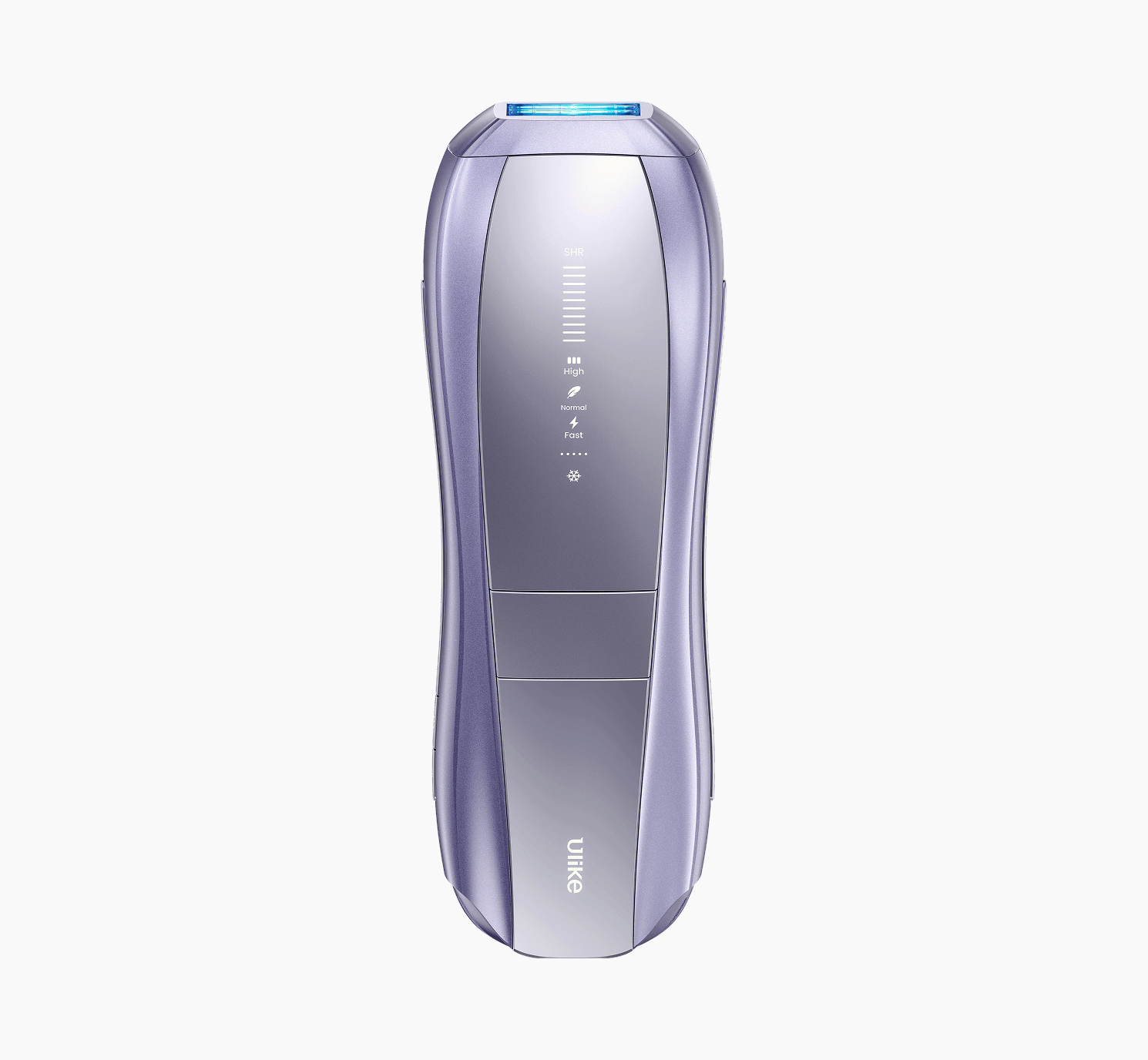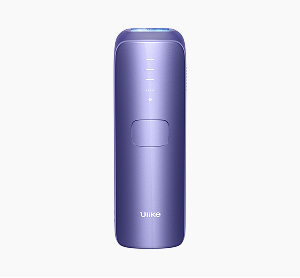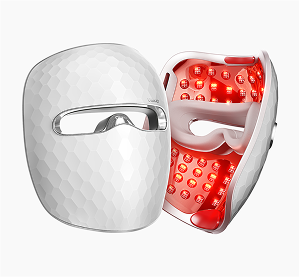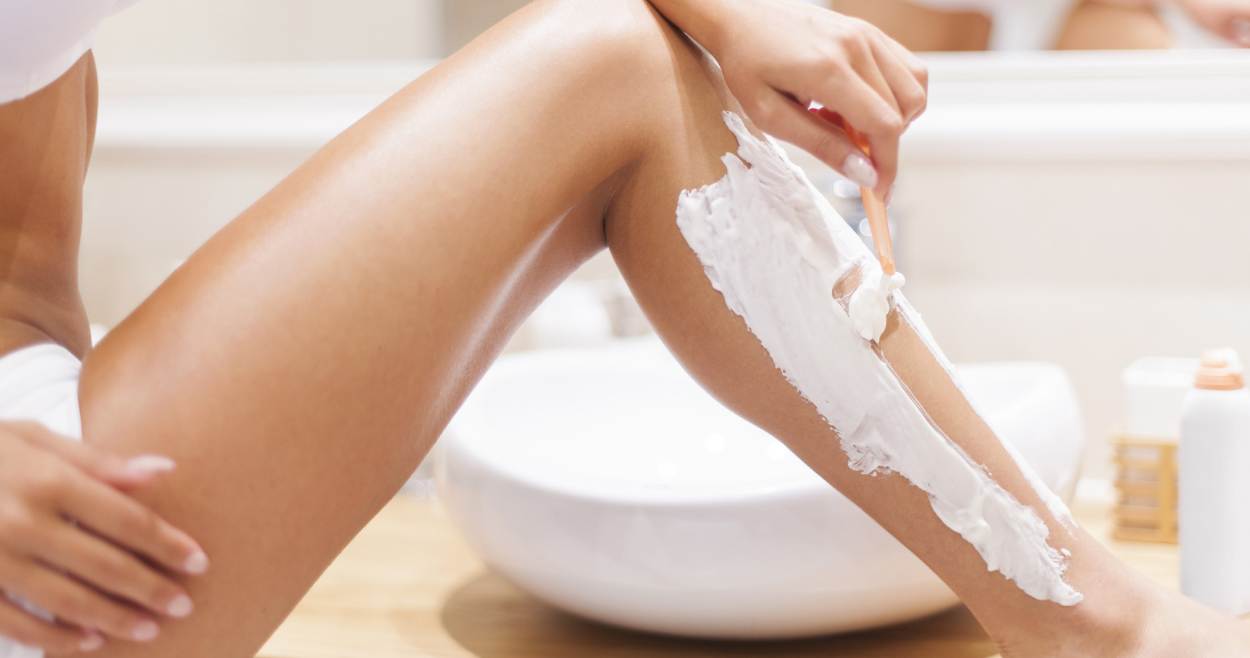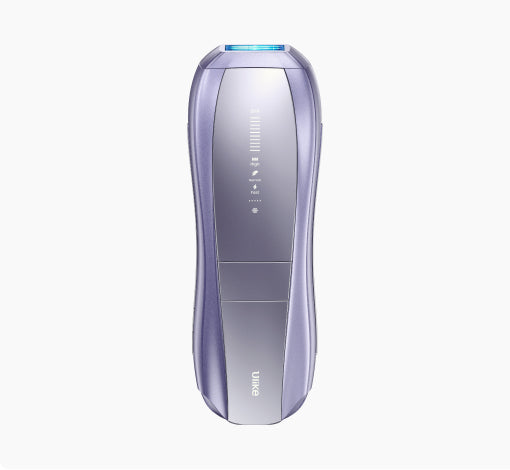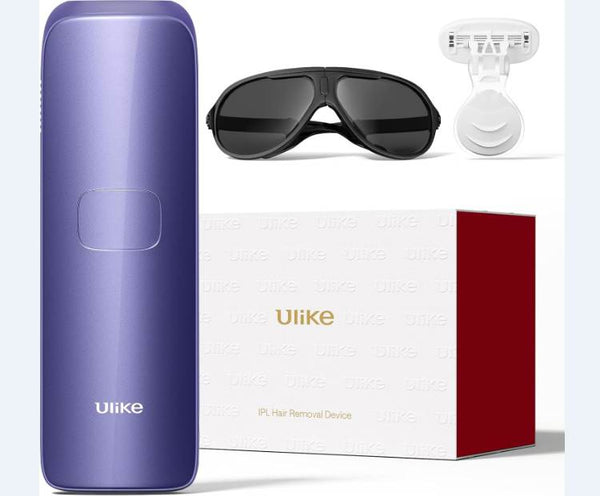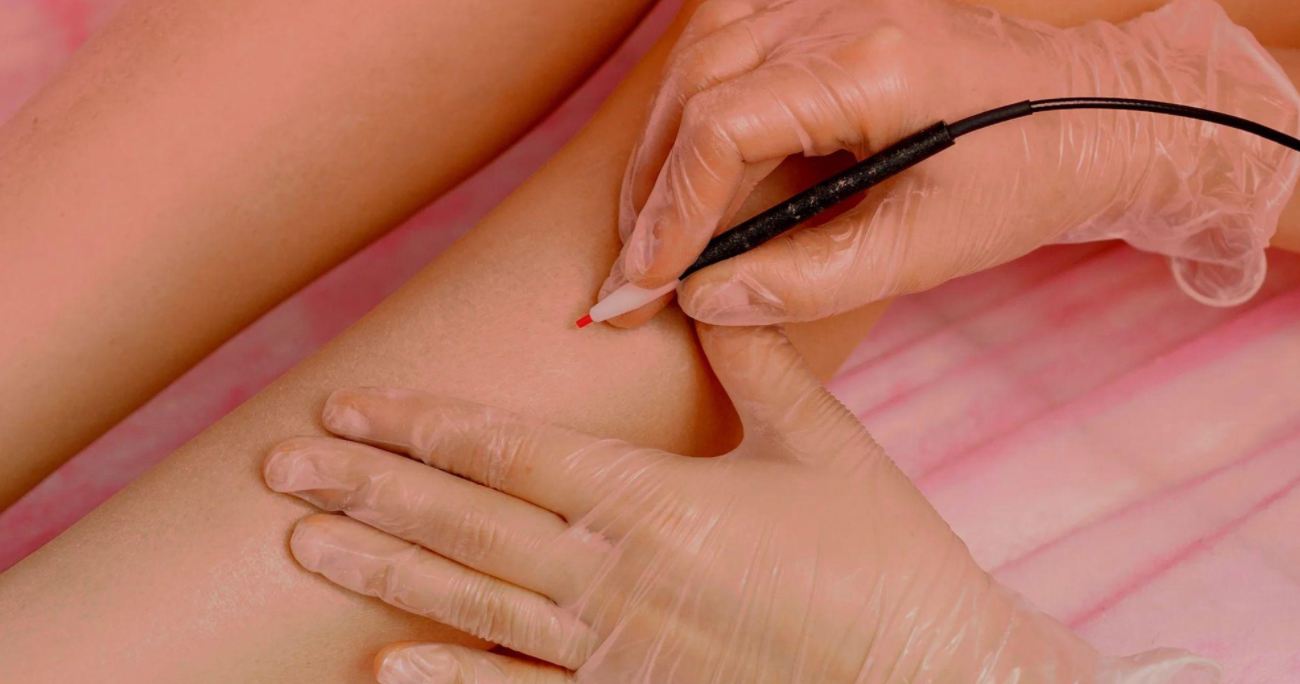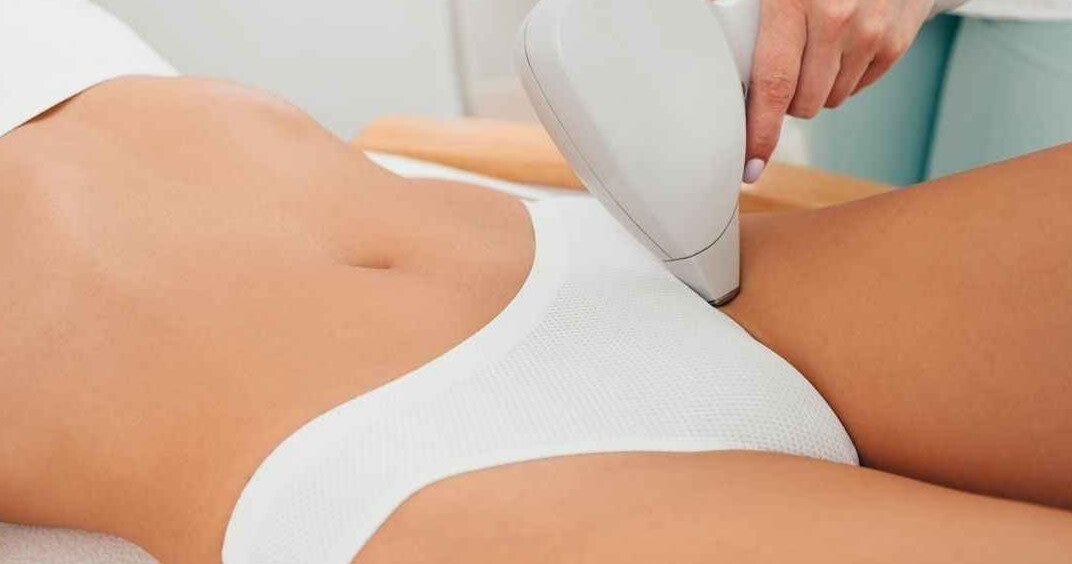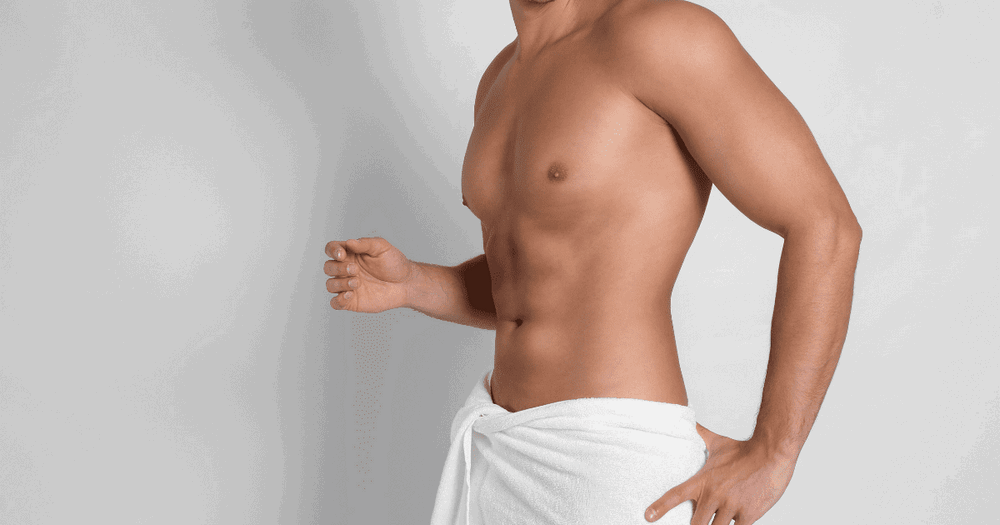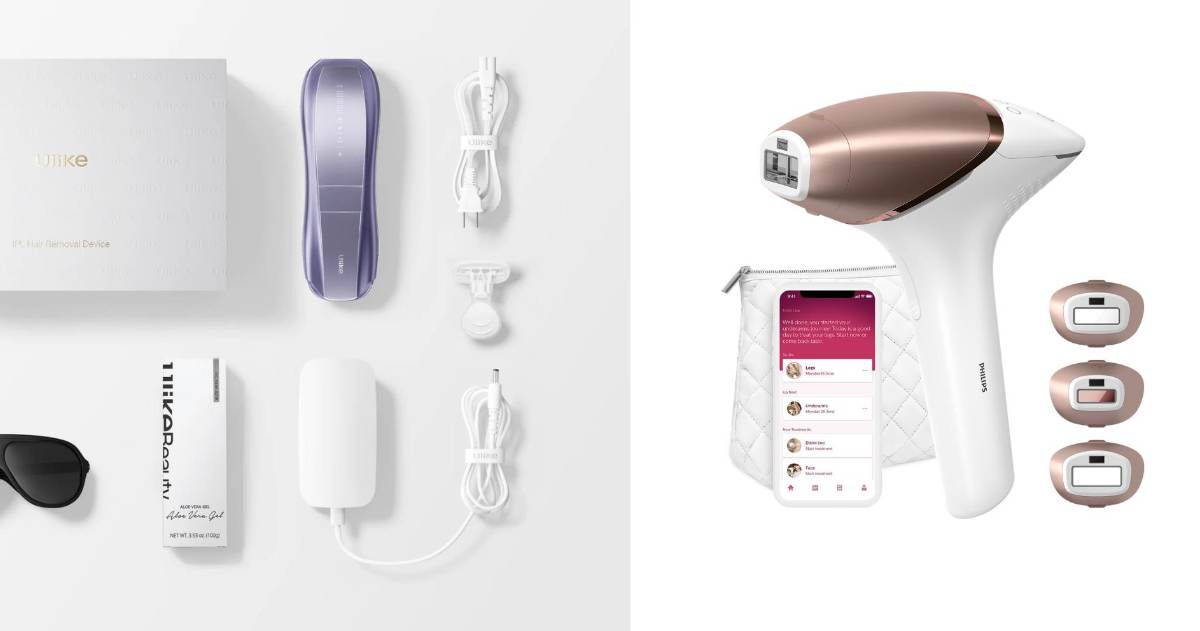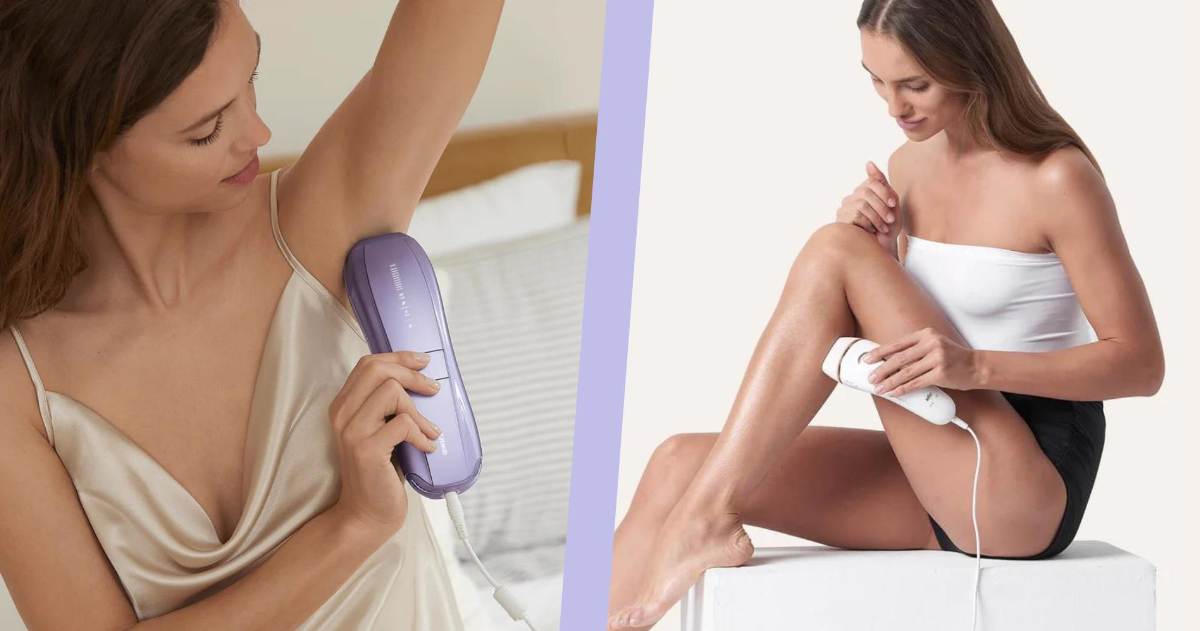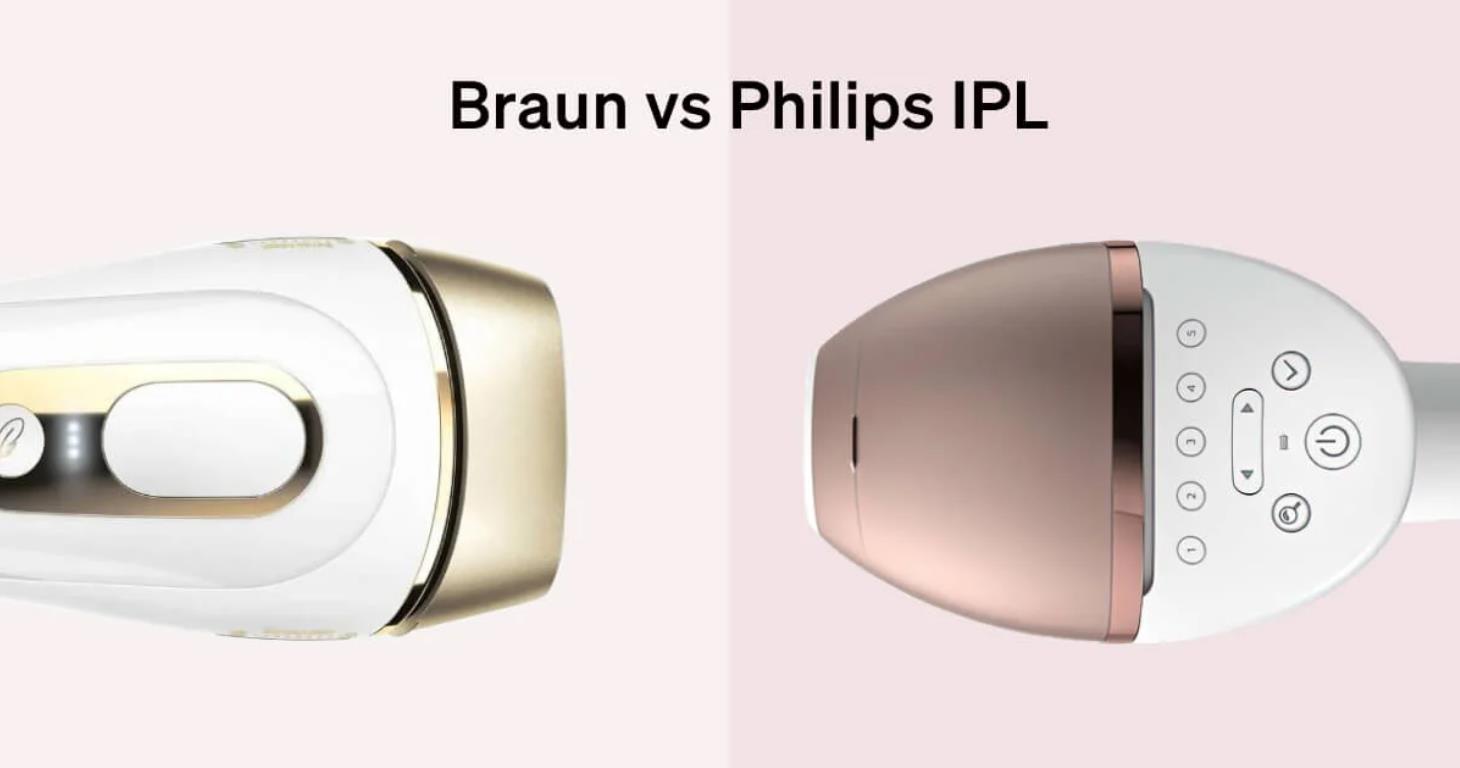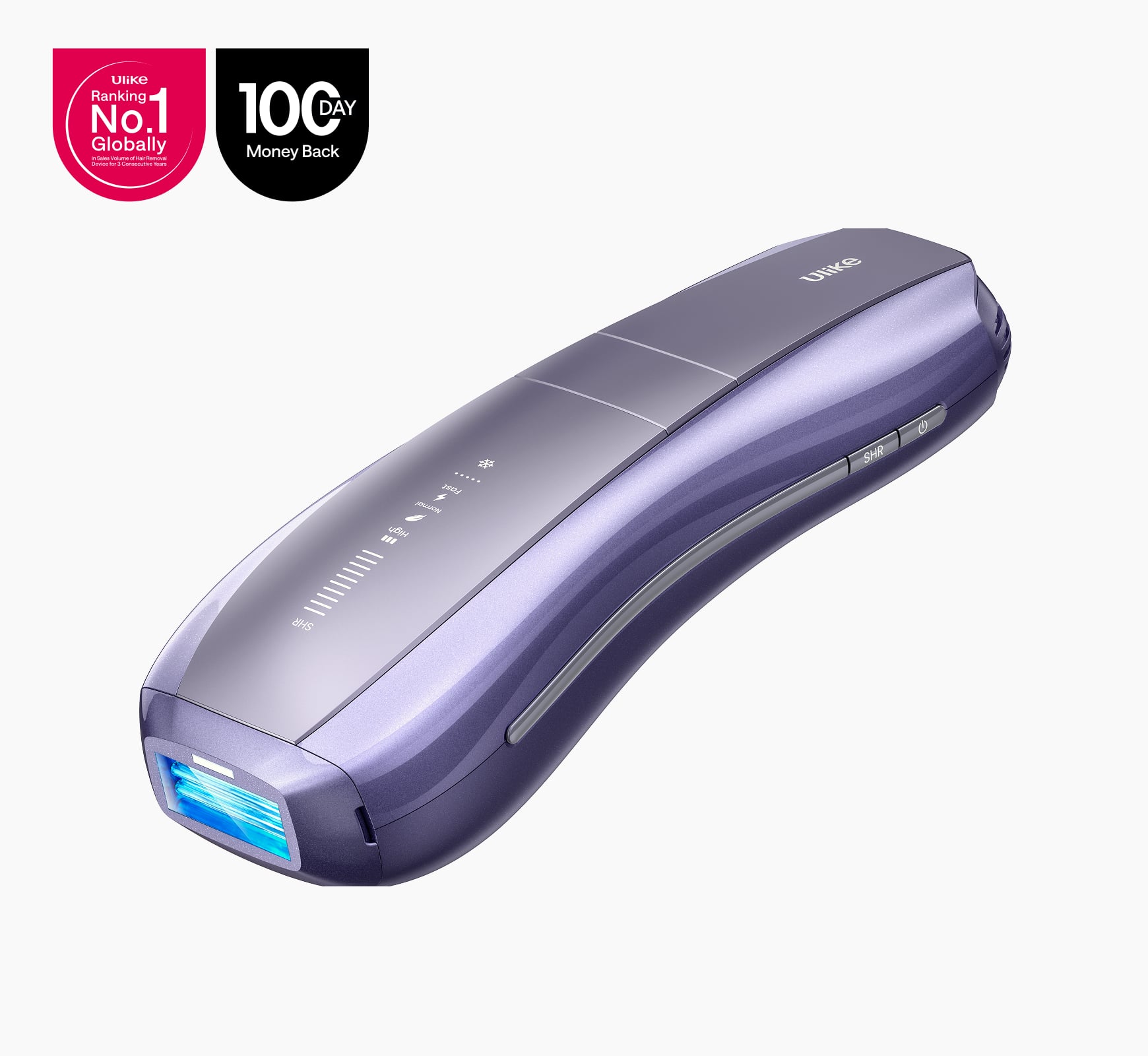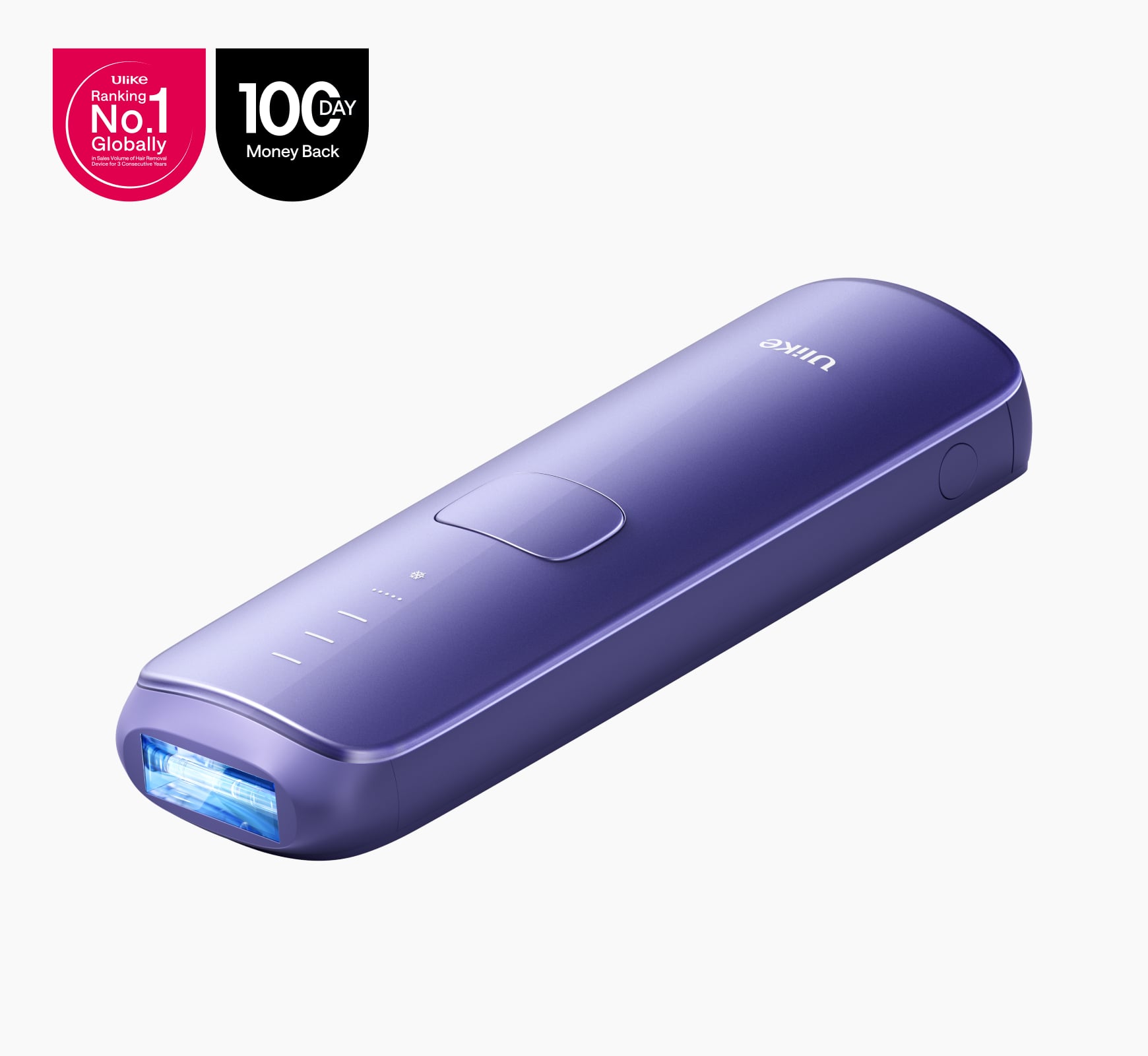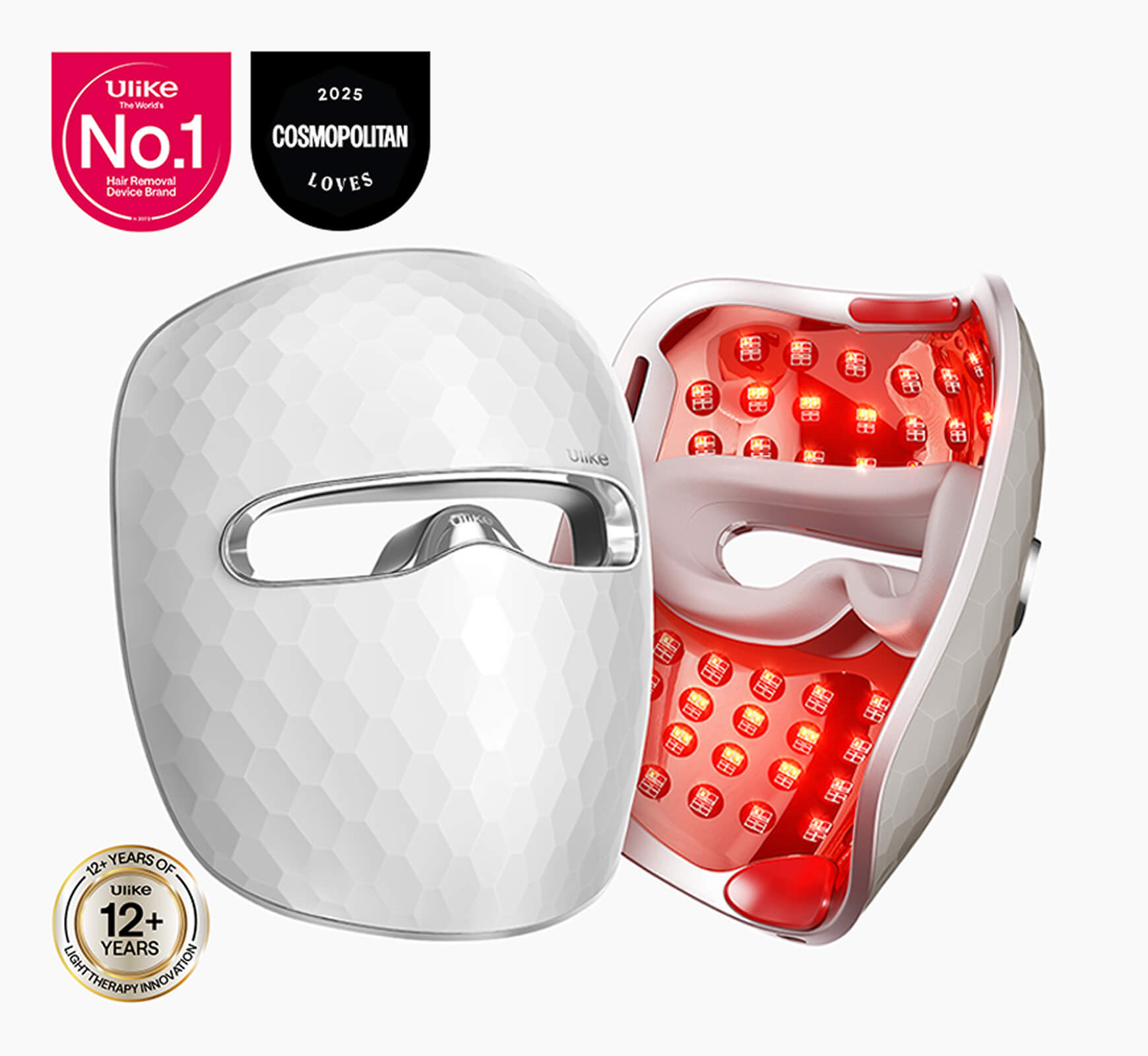Both dermaplaning and shaving are done with a razor or razor-like tool that has a blade. They work on scraping the top layer of the skin to cut off any hair and/or dead skin cells, which is why a lot of people ask that is dermaplaning the same as shaving and does dermaplaning remove hair.
This article explains some key points related to both technologies, how they’re similar, and in what way they’re different from each other. It’ll also tell which method is ideal for what applications, so as to clear the doubts.
Table of Contents:- Part 1: Understanding Dermaplaning
- Part 2: Understanding Shaving
- Part 3: Similarity & Difference Between Dermaplaning and Shaving
- Part 4: Ulike Air 3 IPL Device As A Better Alternative
Part 1: Understanding Dermaplaning
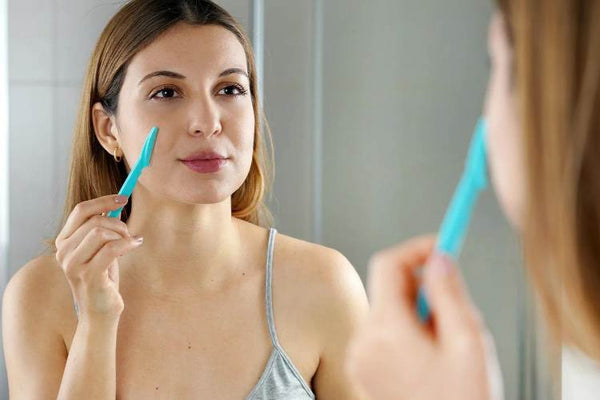
For dermaplaning, the person will need a surgical scalpel to scrape the top layer of the skin with a very light and gentle effect. The target areas are dead skin cells and peach fuzz that remain seated on the top layer of the skin. Dermaplaning requires no shaving gel or any other cream to do the process.
Applications & Results
- Dermaplaning is usually done on the face or areas where the person has peach fuzz. A lot of people do dermaplaning on their arms where they have very fine hair, peach fuzz, or acne.
- The scalpel remains very small so that it can glide easily on the small parts like the upper lip, chin, above the eyebrows, and nose.
- The main objective is to treat peach fuzz, vellus hair, and dead skin cells on the face. Treating them will give a very youthful, soft, and silky texture to the face.
Benefits
- It’s a cost-effective process that anyone can do at home.
- Dermaplaning doesn’t require a lot of tools and equipment, just a sharp scalpel.
- Some people even dermaplane with a single blade razor.
- The preparation process is also very simple. Simply wash the face and pat dry before dermaplaning for the best results.
Part 2: Understanding Shaving
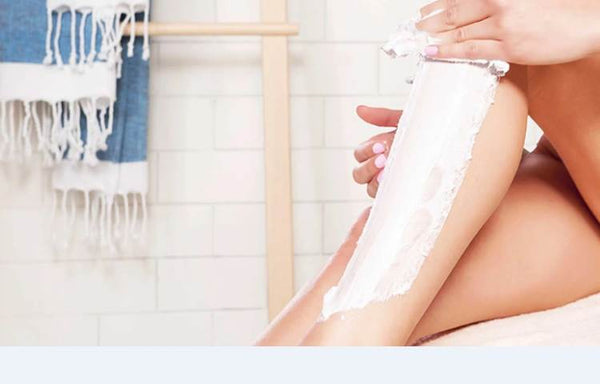
The process of shaving requires a shaving gel, applying it on the treatment area, lathering it, and scraping the top layer with a sharp razor so that it cuts the hair growing there. Shaving will automatically exfoliate the top layer of the skin while cutting any unwanted hair passing through the blade.
Applications & Results
- The main objective of shaving is to cut unwanted hair on the treatment area such as the face, arms, legs, or even chest.
- Shaving is a form of a combination of exfoliation and hair removal, which is capable of giving a close and clean shave.
- Shaving needs to be done regularly on alternate days, daily, or multiple times per week as the situation demands.
- Shaving can give cuts and nicks and that’s the reason why shaving highly dense and coarse hair can be risky. Moreover, there are some variations in shaving like shaving in the direction of hair growth or against the direction of hair growth.
- Shaving will automatically eliminate any peach fuzz and dead skin cells in the treatment area and it’s a unisex hair removal method.
Benefits
- It can give a close shave, very similar to hairless skin texture.
- Shaving takes very less time and is a very cheap and cost-effective process.
- There are so many variations in the razor choice, giving more versatility to the users.
- It’s very easy to avoid cuts and nicks by shaving in the direction of hair growth and using a multi blade razor to get a close shaving.
- Shaving is possible on all types of skin such as sensitive, provided that there are no pre-existing cuts, wounds, or nicks.
Part 3: Similarity & Difference Between Dermaplaning and Shaving
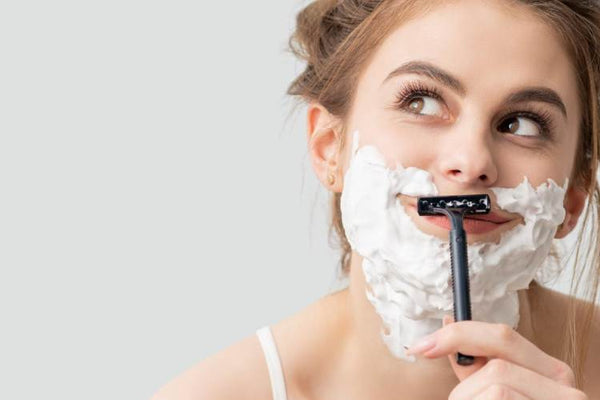
Exfoliation and Hair Removal
Dermaplaning
Dermaplaning targets exfoliation on the primary level, which involves removing peach fuzz, dead skin cells, and any other foreign particles resting on the skin's surface. It has nothing to do with hair removal because the scalpel is not sharp enough to cut all the hair. However, it’ll treat peach fuzz precisely as if they were never present.
Shaving
Shaving uses stronger and sharper blades than a scalpel, which can cut through thick and dense hair as well. It’s mainly done to remove hair at the skin level to get a soft and silky texture. Shaving automatically exfoliates the skin and includes all the benefits and results that a person can get with dermaplaning.
Hair Regrowth and Texture
Dermaplaning
Since dermaplaning doesn’t treat hair in the treatment area, there’s no change in the hair regrowth cycle. The hair will keep growing and the texture should remain the same. However, it will not cause the peach fuzz to slow down, but some people may notice that their peach fuzz is regrowing slowly after dermaplaning regularly.
Shaving
Shaving should not slow down the hair regrowth rate but it’ll bring all the hair to the same level, which is at the skin surface. This will cause all the hair to start growing fresh above the skin level and the ends will be blunt, giving a feel of coarse hair.
Skin Smoothness and Product Absorption
Dermaplaning
The skin will become very smooth as there will be nothing above the skin surface. This way, any oil or skincare products like moisturiser will absorb impressively in the skin, which will increase the product's effectiveness. Dermaplaning will also improve the makeup texture as there will be no peach fuzz to make the makeup look dull.
Shaving
Shaving will smoothen the skin, especially if there was fine and less dense hair previously. Again, there will be nothing left above the skin surface, which will enhance the skin’s absorption rate and enhance the makeup’s appearance.
Potential Side Effects and Risks
Dermaplaning
One can get skin redness, inflammation, breakouts, cuts, nicks, or increased sensitivity if dermaplaning goes wrong. This can happen if the scalpel is worn out, or if the person dermaplanes too much such as daily or twice a day, or if they dermaplane with a tight pressure. Also, there’s a risk of injuries, which can ruin the entire plan for the day such as dates, parties, or important events.
Shaving
Shaving can give cuts, nicks, wounds (that can take several days to heal completely), razor burns, razor bumps, ingrown hair, skin dryness, inflammation, or skin redness for multiple days. This can happen when the razor grip is too tight against the skin, or if the razor slips and accidentally scrapes off the top layer of the skin, which can cause wounds.
Maintenance and Frequency
Dermaplaning
Dermaplaning can be both high maintenance and low maintenance. If the person prefers completely silky skin all the time, they need to dermaplane 3 to 4 times a week. If silky and smooth skin is an occasional requirement, then it’ll be a low maintenance process with a low frequency.
Shaving
Shaving can be done 3 to 5 times a week as the situation demands, which is why it can be both high and low maintenance. The frequency is completely subject to whether the person needs to have a clean area all the time or they can let hair grow long before being shaved again.
Suitability for Different Skin Types
Dermaplaning
Dermaplaning is ideal for all skin types but not for wounded skin. Also, if there’s a pre-existing skin allergy, then dermaplaning is a big NO. Dermaplaning may not be suitable for extremely sensitive skin as well.
Shaving
Shaving is ideal for all skin types except for wounded skin or extremely sensitive skin. It has nothing to do with the skin tone. Children or pregnant ladies often avoid shaving as it can cause extra irritation.
Part 4: Ulike Air 3 IPL Device As A Better Alternative
Since dermaplaning doesn’t cure hair and shaving can be full of risks and side effects, IPL hair removal becomes one solution that’ll give you the goodness of both shaving and dermaplaning in one method without any associated risks.
What’s IPL Treatment?
IPL treatment is done in 8 to 12 sessions depending on how thick and dense the hair is. It’s done with an IPL device such as Ulike Air 3 that shoots IPL beams to the hair roots without causing any pain. The hair roots will absorb this light energy, and let it turn into heat energy, and this heat energy in return will keep damaging the hair roots.
As the person advances through the treatment, more and more heat will keep damaging the hair roots, making it completely impotent to regrow hair. The hair will start shedding throughout the session and if any new hair regrows, it’ll be much finer and less dense than the last time.
Months Of Hair-free Skin
IPL treatment will give months of hair-free skin after completing the course. Monthly or bi-weekly touchup sessions will keep any new hair regrowth at the bay, giving several months or long-lasting hair removal results without the need to shave or demaplane ever. It’s so cost-effective and time saver as there will be no longer any need for hair removal treatments ever.
Conclusion
Dermaplaning and shaving have a lot in common, so it’s obvious that people often get confused between these methods. Since both have their pros and cons, a lot of people in the UK look for something that can give the pros of both methods in one hair removal method. That’s why, Ulike Air 3 is one of the best methods that will give hair-free skin, cure peach fuzz, and give silky, smooth, soft, and sexy skin for years after completing the IPL treatment.

